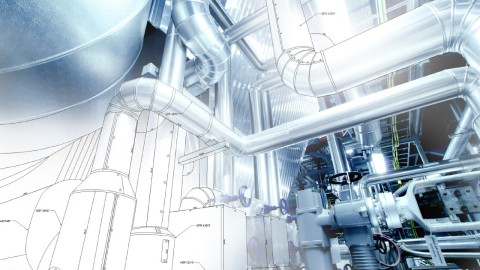Pipe leaks in oil and gas have been and remain to be one of the most formidable threats to not only businesses, communities, and the natural environment, but to the well-being of the sector itself. Asset protection has become an essential component for the natural gas industry’s economic health, as pipelines and equipment are at the mercy of the elements. Natural disasters or dramatic changes in the environment constantly pose a threat to the infrastructure needed to sustain prosperous communities and profitable industries. As natural gas has become a favorable transitional fuel to cut down on carbon emissions, leak detection in the natural gas industry has moved up the priority list on everyone’s agenda. Taking huge steps ahead, innovative research has been done by both long-established multinational companies and recent start-ups to enhance pipeline leak detection. The methods and technologies are many, but the solutions that demonstrate excellence in pinpointing the exact location of a leak are few.
Going back to the basics, researchers have found that sound is one of the key elements that can help experts find natural gas leaks. Acoustic emission sensors, being the main tool for acoustic detection techniques, primarily rely on irregularities in the background noise pattern. This approach is preferable due to its accuracy and its applicability on a wide variety of different sized pipelines. Nonetheless, acoustic monitoring still has difficulty in detecting small leaks and at times false alarms are commonplace. Acoustic techniques have sometimes been used in detecting leaks in water pipelines through the use of pressure transient sensors, hydrophones, and flow meters.
Proving to be particularly cost-effective, flow monitoring technologies are especially useful since they pay specific attention to the rate of change of pressure or the mass flow throughout various points along the pipeline. Any notable difference in the rate of pressure change or the mass flow between two points in the pipeline may indicate a leak. The issue with using flowing monitor technologies is that they are inaccurate in locating leaks and also trigger false alarms.
With its flexibility being an attractive incentive for the market, fiber optics is without a doubt a popular option. Fiber optic sensors have been proven to be effective for detecting gas leaks since they are based on Distributed Temperature Sensing Technology (DTS). This means that local temperature changes are used to determine the exact location of the leak and it can be done over huge distances with one DTS processor unit being able to cover up to 72 kilometers of pipeline. The same principle can be applied to liquefied natural gas (LNG). In the event of a leak within pressurized gas pipelines, a cold zone will be created by the leaked gas. On the other hand, pipelines carrying oil would increase temperatures at the exact location where the leakage occurs. Fiber optic detection can work on a wide variety of liquid and gas products, including oil, natural gas (including liquefied natural gas), ammonia, and ethylene.
As experts work to make further enhancements and incorporate better software, software based dynamic modeling has also proven to be a useful tool to monitor flow patterns in natural gas pipelines, which can be used to detect the presence of a leak when it happens. Experts are ecstatic with this technology because of its notable ability to offer continuous and accurate monitoring. Though this technology has an impressive record, there is room for improvement since it can be costly to apply on large pipe networks in addition to having a high rate of false alarm incidents.
With natural gas being a more realistic approach for energy transition, especially in the developing world, innovative startups and prestigious multinational corporations are working hard to bring the best that asset monitoring solutions have to offer. The advancement of satellite technology has also opened doors to new possibilities in asset protection, especially with advanced satellite based hyperspectral imaging becoming a useful tool for zeroing in on the location of gas leaks. In order to improve asset protection practices, professionals working in the industry need to explore every technological solution with an open mind, as an open mind creates new doors to the future and endless opportunities.








